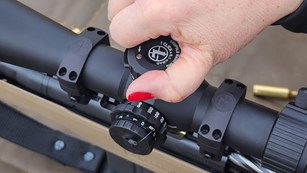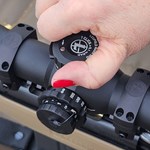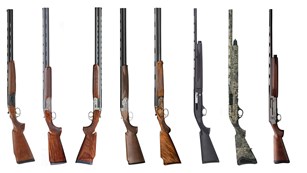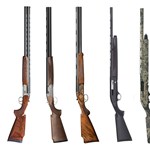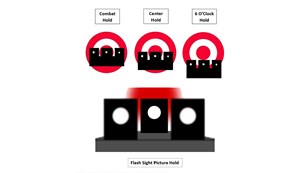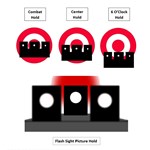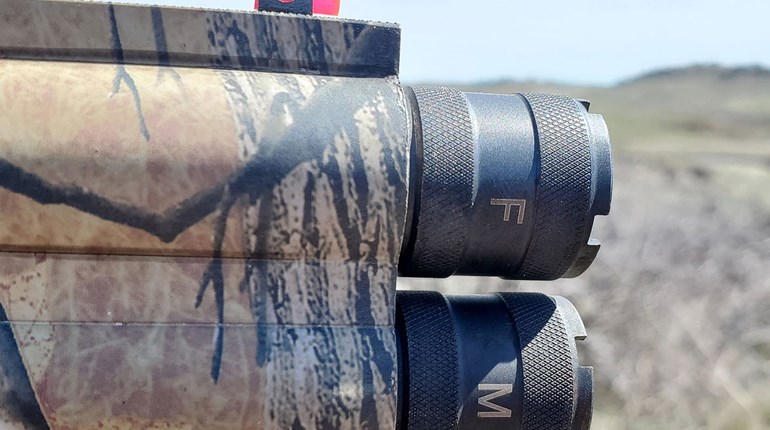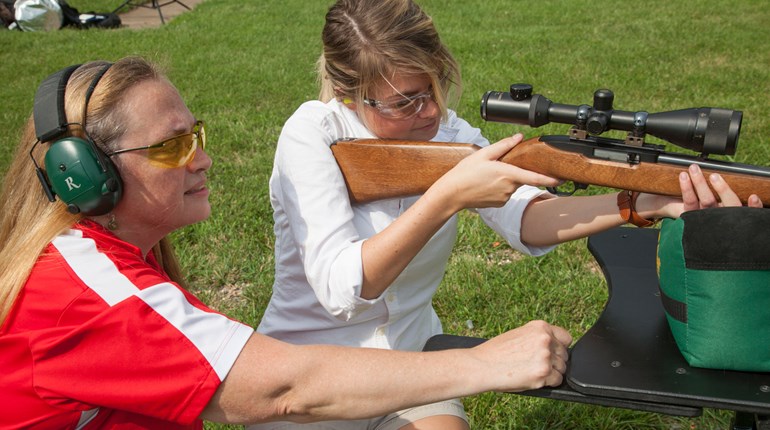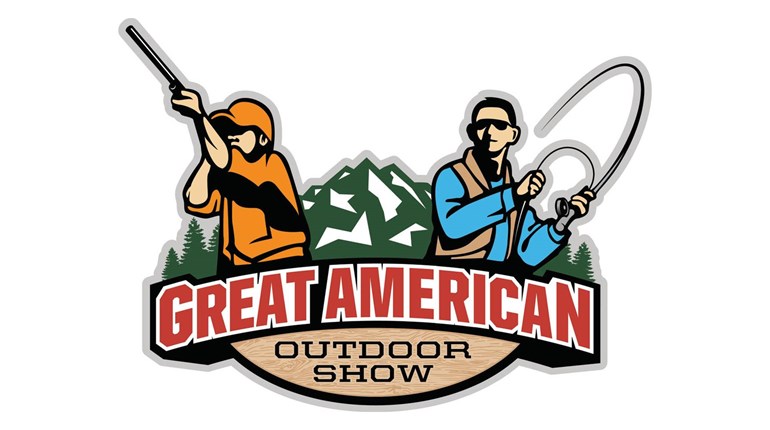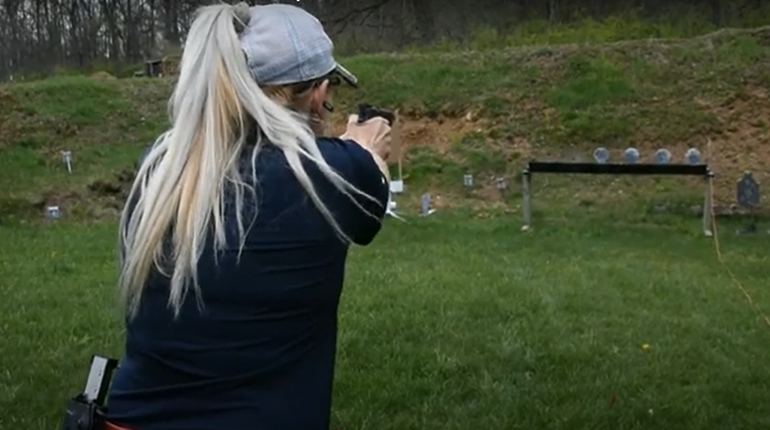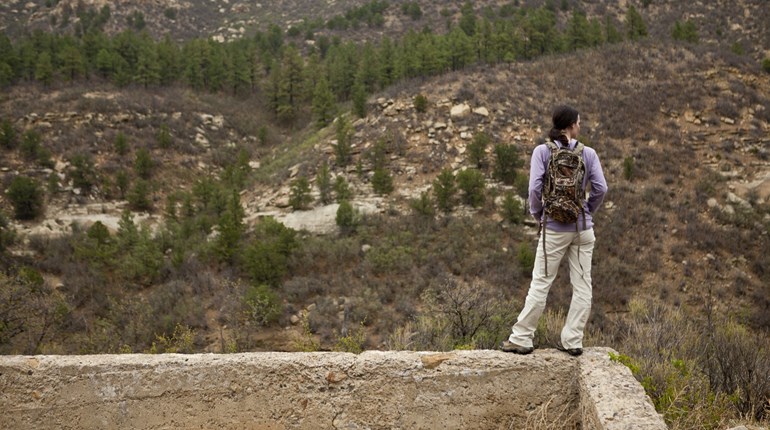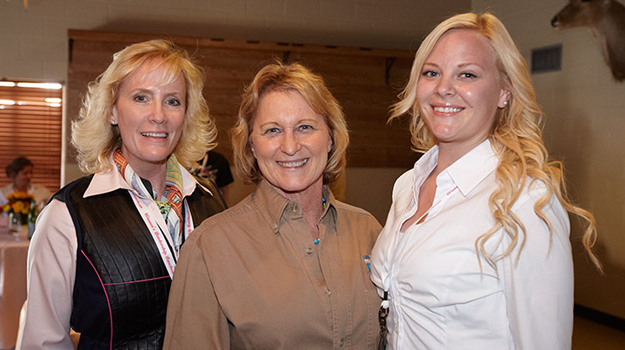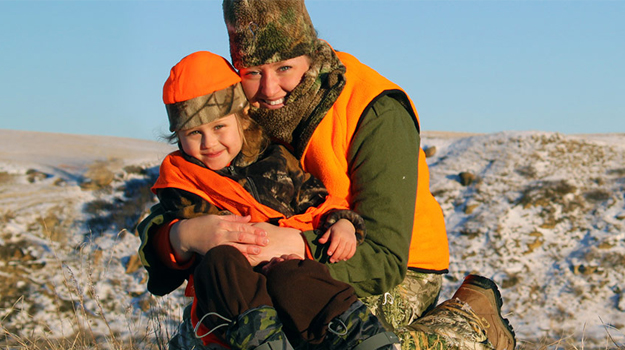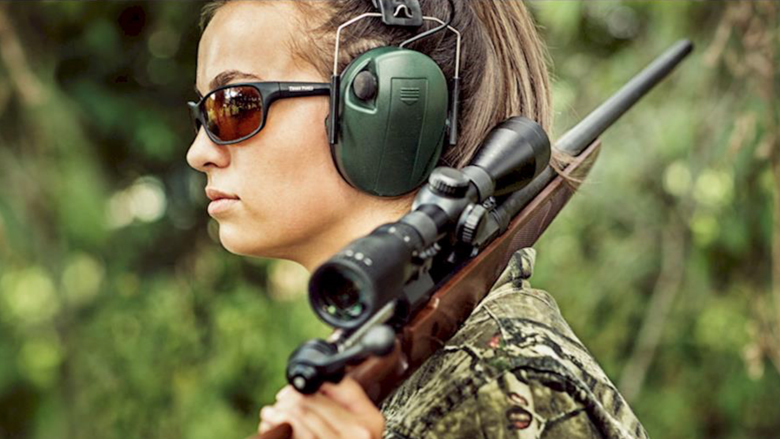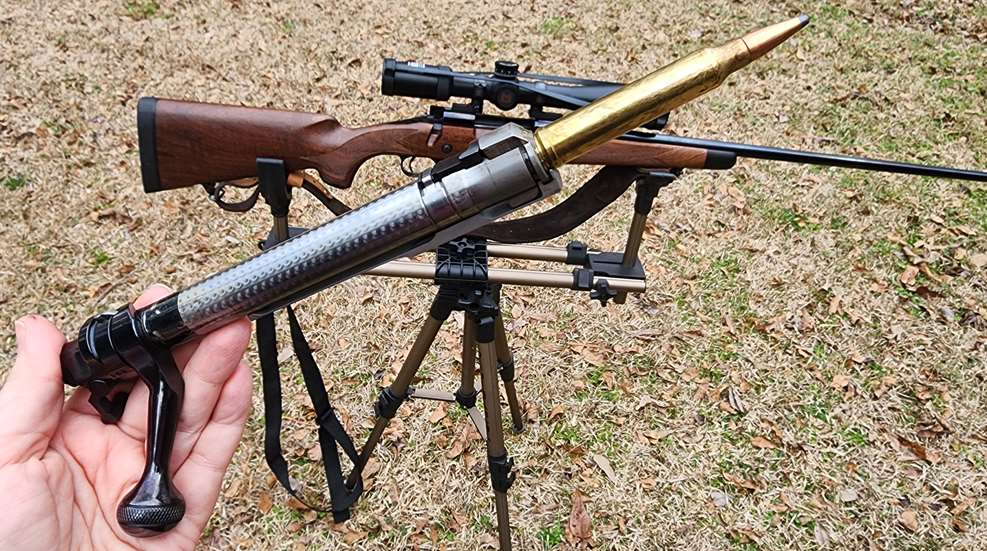
You are likely familiar with what happens when you open and close the bolt on a bolt-action rifle with a loaded magazine. As you close the bolt, a cartridge is lifted from the magazine and the bolt shoves it into the chamber. When you fully close the bolt and then open it again, pulling it back, that cartridge (fired or not) comes back with it, and get spit out when the bolt is fully open.
Exactly how the bolt pushes the cartridge into the chamber and brings it back out is the difference between controlled-feed and push-feed. They are, actually, exactly what they sound like. In a controlled-feed action, the bolt is in control of—literally holding onto—the cartridge the entire time. In a push-feed action, the bolt is merely pushing the cartridge forward without holding it. If you were to stop pushing halfway and bring the bolt back, in a controlled-feed gun, the cartridge would come back with the bolt. In a push-feed gun, the cartridge would stay where it is, as the bolt isn’t gripping it, but merely pushing it.

In this push-feed gun, a Remington 700, it’s possible to push a cartridge partway into the chamber and then pull the bolt back. You can see the cartridge does not come back with the bolt. If the cartridge were just a little farther into the chamber when the bolt was pulled back, pushing the bolt forward again could attempt to feed another round and jam. (Jo Deering image).
A controlled-feed gun’s bolt has a large claw-like extractor that clamps onto a cartridge when it comes up out of the magazine, and it stays clamped all the way through loading, firing, and ejecting until the bolt is all the way back again, when a little extractor in the action trips and kicks the cartridge out. On a push-feed gun, the extractor is much smaller, and it only clamps onto the cartridge rim when you fully close the bolt upon loading. A small spring on the bolt is constantly pushing on the side of the cartridge, so that when the bolt is drawn back, that spring ejects the cartridge as soon as it is clear of the chamber.
Does it matter which you shoot? Not really, under normal circumstances. Many of the country’s most popular rifles—Browning’s X-Bolts, Remington’s 700, Ruger’s American, Savages, Mossbergs and more—are push-feed. They are a little less expensive to produce and have served millions of shooters very well.
The only real hang-up is that because a push-feed doesn’t clamp its extractor onto the cartridge until the bolt is fully closed, it is possible to bring the bolt forward and neglect to fully close it, then bring it back again, leaving the cartridge in the chamber. If you do this, the bolt will attempt to load a second cartridge into the already-full chamber—what we call a double-feed. The gun will not operate and you will have to manually clear the jam before you can shoot. This would normally only happen if you were operating the gun in a hurry and/or under extreme stress that makes you forget how to work the bolt properly. Unfortunately, if you’re under those conditions, you probably really need to shoot right now and can’t afford to waste time on a jam.
For this reason, dangerous-game hunters often prefer controlled-feed, because you cannot jam a controlled-feed gun in this way. It holds onto the cartridge at all times until extraction, so if you bring the bolt back at any point, the cartridge comes with it rather than staying in the chamber. If you’re hunting lions or grizzlies, you very well might be fighting to keep your cool in the heat of a stressful moment while loading or reloading, and you can’t afford to let a stress-induced mistake cause a jam and render your gun inoperable.
But other than that, if you don’t plan to hunt dangerous game or shoot in other stressful conditions where you might make an operating error, push feed will work absolutely fine. Select the gun you like based on other factors, as this controlled-feed vs. push-feed probably won’t make a noticeable difference for you.
